Description
Introducing the book of stray dogs by Sadegh Hedayat
Encouraging animals and attributing human emotions to them is one of the most widely used elements in the literature. From the time of Kelileh and Demneh to the present day, many writers throughout history have used this method to criticize human society and human misbehavior. Sadegh Hedayat is one of the writers whose animals have played a significant role in his writings. The stray dog is one of the saddest stories in modern literature in which the pains of human society are portrayed as the suffering of a dog.

Sadegh Hedayat; the writer
Sadegh Hedayat was born in February 1281 in Tehran to educated families. Hedayat went to the seminary in Tehran and spent his high school years at the Dar al-Fonun due to an unfinished illness. To continue his education, he went to a French school called Sanlui, where he became acquainted with world literature and the French language. While studying at a French school, he became interested in philosophy and the supernatural, and at the same time published his first article in a weekly newspaper.
During his high school years, he wrote the book “Man and Animal”, which was influenced by his great interest in animals. And the intensity of this interest led him to turn to vegetarianism. After graduating from high school, he was able to go to Belgium to study pure mathematics, but his poor education and interest in France led him to go to Paris in March 1961. A year later, Hedayat, influenced by his diet, published the book The Benefits of Vegetarianism in Berlin.
In his book The Benefits of Vegetarianism, he expresses his anger at the killing of animals: “Oppression and killing of animals is an insult to the honor and dignity of humanity. Their birth, birth, play, joy, pain, maternal kindness, fear of death, lust, and lust, as well as the death and fate of animals, are all similar to humans. “Their shed blood screams revenge and sends a curse to man and the stars on which we live.”
Hedayat committed suicide for unknown reasons, but probably due to emotional problems, after living in Paris for two years. During this period, he was in a relationship with a girl named “Terez” and wrote works such as “Parvin Dokhtar Sasan”, “Zande Be Gore” and the short story “Madeleine”.
Hedayat returned to Iran without completing his studies in architecture and began publishing works he had written in Paris. On his return to Iran, Hedayat began working for Bank Melli, which had an environment that was contrary to his morale. His return and acquaintance with “Massoud Farzad”, “Bozorg Alavi” and “Mojtaba Minavi” led to the formation of a group called “Rabeh”, which also hosted a group of Iranian writers and intellectuals, including “Nima Yoshij”. Hedayat was very active in the twenties and wrote many works during these years.
One of these books was “Vaghog Sahab” which he completed with the collaboration of “Massoud Farzad” and the issues of that time were discussed in the book in humorous language. The allusions of this book to the social and economic situation caused him to be named one of the first banned pens in Iran in 1314. Following travel restrictions, he traveled to India at the invitation of Shin Parto, an Iranian poet and writer. During this period, he published The Blind Owl, which he had written in Paris, in fifty copies, and sent a copy to Mojtaba Minavi and Jamalzadeh, who were not in Iran. Iran is banned.
Financial pressures in India led Hedayat to write satire, thereby writing his sufferings in the form of bitter satire. After returning to Iran, he worked again at Bank Melli, after which he was employed by the Ministry of Culture and continued his literary activities. In those years, which coincided with the end of World War II, the conditions prevailing in society greatly influenced Hedayat’s works, and in his works there are many sharp criticisms. The works published by Hedayat in this period are: the long story of “Hajia Agha”, the short story of “Ab Zandegi” and the collection of “Velangari”. He has also translated Kafka’s works into Persian and is the last author of Hedayat in Kafka’s Message.
Hedayat traveled to France in 1326 and committed suicide with gas in his apartment on April 10, 1961, after burning all his works. He said goodbye to life while all that was left of him was a piece of paper called “Wet Road”.
“Sohrab Sepehri” wrote in the description of this phrase:
“What did that sad man see on the wet road?” Missing woman, familiar smell and desired annoyance?
Suddenly the dog blew again on the lost tension, a kind covenant with him so torn or old?
Thirty days crawling in the red fence?
A captive of vain hatred and a garlic of life »
Synopsis of the stray dog collection
The Stray Dog is a collection of eight short stories, the name of the book being taken from the first story. This book is the last collection of stories by Sadegh Hedayat and is also his first story that has been translated into other languages including English, German, French, Istanbul Turkish, Armenian, Bulgarian, and Kazakh.
The other seven stories in this series are “Dan Juan Karaj”, “Bonbast”, “Kanya”, “Takht Abu Nasr”, “Tajli”, “Tarikhaneh” and “Patriot”, which are written from the author’s point of view and without being limited to one character, The whole flow of stories is narrated. Most of the stories in this collection were written by Hedayat in the years before the book was published, but due to the prohibition of his pen, their publication was postponed until 1321, when the book was published by Nejat Commercial Publications in Tehran.
Following the first edition of “Amirkabir Publications” in 1338 and “Javidan Publications” in 1977, there were other publications that published a collection of stories about stray dogs. In 2003, this book was published with great distortion by one of the publishers, and after the legal pursuits of Hedayat’s family, this version was collected from the book market. Jameh-e-Adran Publishing House has also published this book.
It is also possible to download the stray dog audio book on other sites. In the introduction to the book, the publisher states: “They have not added.”
Stray dog, short but impressive
The story of the stray dog, like his other stories “Zandebegoor” and “Tarikkhaneh”, has a real aspect and is an allegory of the gray society of Iran in the 1920s. “Stray Dog” is the story of the persecution of a purebred Scottish dog. “Pat” is not an ordinary dog, he is a lonely human in the guise of an animal. When a dog goes to Varamin with its owner, the smell of rice milk, which is a familiar smell to him and reminiscent of his mother, causes him to get away from his owner. In this way, humans brutally beat Pat and beat him.
One of the salient features of this dog is its ewe eyes, in the depths of which the nature of a suffering human being is visible. At the end of the story, crows that have flown over the dog’s head stare into his eyes to snatch them out, which symbolizes the destruction of a painful and intelligent human being by a society that does not have the power to comprehend him. Pat’s love for his mother is not of the Oedipus complex – the son’s love for the mother that makes the father jealous;
Because the book of Stray Dogs is influenced by a time when Sadegh Hedayat traveled to India and the turmoil in the country and even his own displacement was the cause of his frustrations, and this interest in the mother can be an expression of the author’s complaints and nostalgia for his homeland.
Adapted from the book of stray dogs
Sadegh Choubak, an Iranian writer who is one of the fathers of modern Iranian fiction, wrote his book “Entry whose lotus was dead” under the influence of a stray dog.
In a part of the story of the stray dog, we read:
“Were you awake or asleep?” Pat ate one stomach without being beaten. Could he have found a new owner? Despite the heat, the man got up. He went to the same alley of the tower, paused there, and passed through winding alleys. All his muscles, all his body and his senses were out of his control, so that he lost control. “But it was not long before they came to him with sticks and shovels and threw him out of the water.”
1- Introducing the book on YouTube
2- Introducing the book in Aparat

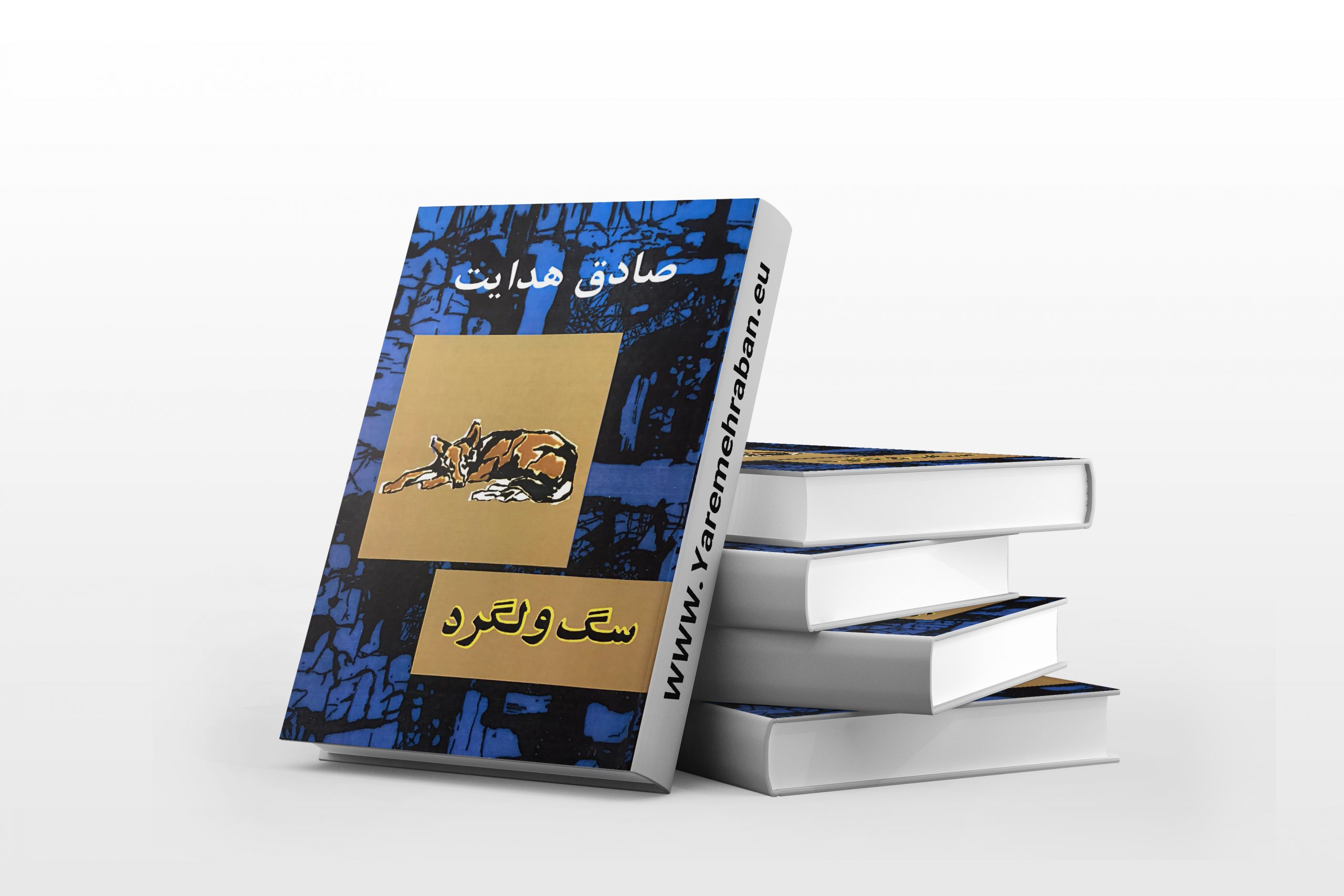
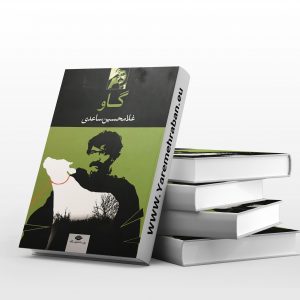



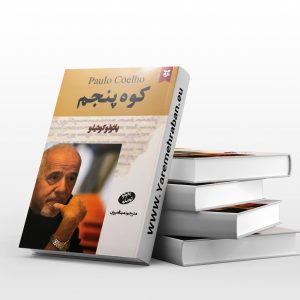
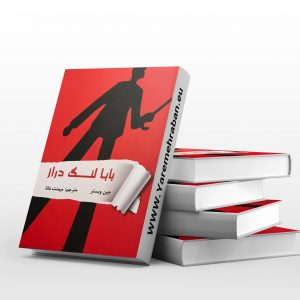
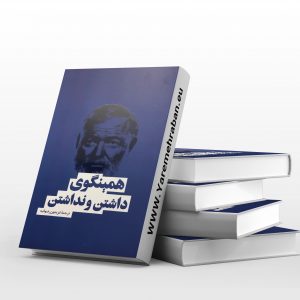
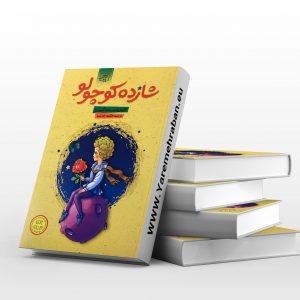

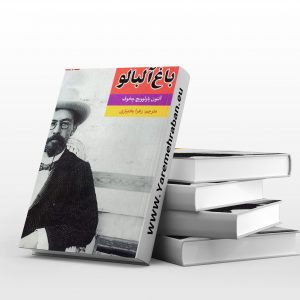

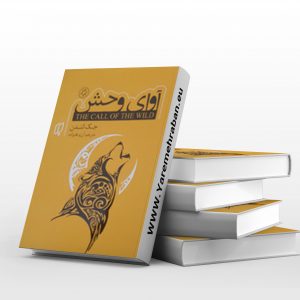
Reviews
There are no reviews yet.